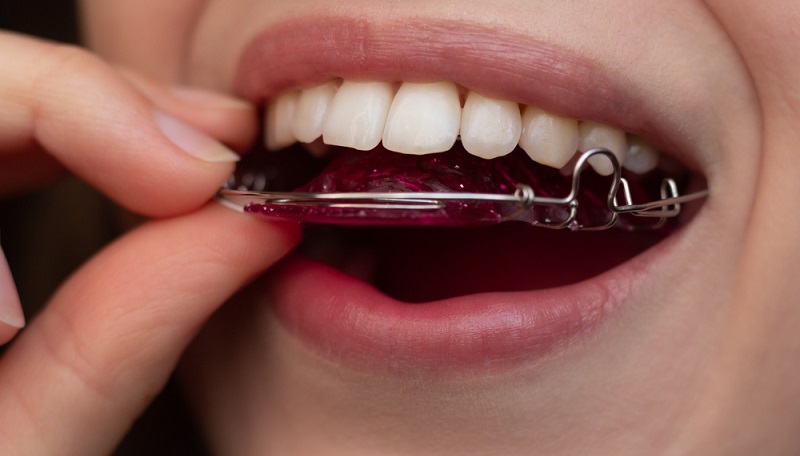
Many people considering Invisalign wonder what to expect when it comes to comfort. A common question is whether Invisalign causes pain and how intense that pain might be. Understanding the experience can help you prepare and ease any concerns before starting treatment.
How Invisalign Works and Why You Might Feel Pressure
Invisalign uses clear plastic aligners to gradually move your teeth into place. Unlike traditional braces, which use metal brackets and wires, Invisalign trays fit snugly over your teeth and are removable. This difference changes how discomfort feels during the process.
When you first get your Invisalign trays, it is normal to feel some pressure. This sensation happens because the aligners are designed to gently push your teeth. That pressure is the sign that the aligners are working. For most people, it is mild and fades after a few days.
What Discomfort Feels Like and How Long It Lasts
The feeling can vary depending on your own pain tolerance and the amount of movement needed. Some patients report soreness similar to the feeling after a workout for their jaw or teeth. It is usually manageable and temporary.
Switching to a new set of aligners every one to two weeks can bring brief periods of discomfort. Each new tray is a little different, continuing to guide your teeth. The initial pressure might cause mild soreness for a couple of days before your mouth adjusts.
Pain is usually not constant. Instead, it tends to come in waves. You might notice it more when biting down or chewing. Soft foods and over-the-counter pain relievers can help during these times.
Invisalign vs Traditional Braces When It Comes to Pain
Unlike braces, Invisalign aligners don’t have wires or brackets that can poke or irritate your cheeks and gums. This eliminates some common sources of pain linked to traditional braces. Still, some people might experience minor irritation from the edges of the trays.
If irritation happens, orthodontists can often smooth the edges of the aligners to reduce rubbing. Using dental wax, which is more common for braces, is less needed with Invisalign but can be helpful in rare cases.
Tips to Minimize Discomfort During Invisalign Treatment
A key part of minimizing discomfort is following your orthodontist’s instructions closely. Wearing the aligners for the recommended 20 to 22 hours daily helps your teeth move steadily without sudden shifts that cause pain.
Skipping wear time or removing trays too often can slow progress and potentially increase discomfort when you put them back in. It’s important to be consistent to make your treatment smoother and more comfortable.
Good oral hygiene also plays a role. Keeping your teeth and aligners clean reduces the risk of inflammation or infection, which could make pain worse. Regular brushing, flossing, and cleaning your aligners as directed can prevent these issues.
When to Contact Your Orthodontist About Pain
If pain does become intense or lasts longer than a few days, you should contact your orthodontist. They can check for problems, adjust the treatment if necessary, and provide advice or remedies to ease discomfort.
Some patients also use soft foods during the first days of a new tray. Avoiding hard or chewy items reduces pressure and makes eating more comfortable. Warm salt water rinses can soothe sore gums and reduce inflammation.
Understanding Pain Tolerance and What to Expect
Pain tolerance differs from person to person, so your experience may not match others. Factors like the complexity of your case and how your teeth respond can influence discomfort levels.
For parents of teens or kids getting Invisalign, explaining the normal sensations ahead of time can help ease worries. Kids might be more sensitive, but Invisalign’s gentle pressure is usually easier to tolerate than braces.
Conclusion
Invisalign does cause some pressure and mild soreness at times. This is part of how the treatment moves your teeth. But it is not usually painful in a way that stops daily activities or causes major distress.
By following instructions, maintaining good oral care, and staying in close contact with your orthodontist, you can keep discomfort minimal. Most patients get used to the feeling quickly and find Invisalign a comfortable choice for straightening their smile.
If you want to learn more about how Invisalign could work for you or your child, schedule a consultation with an orthodontist near you in Mississippi. They can provide detailed information and personalized advice based on your unique needs.
Getting a straighter smile should not come with unnecessary pain. With Invisalign, many people find the process manageable and effective, helping them gain confidence without sacrificing comfort.